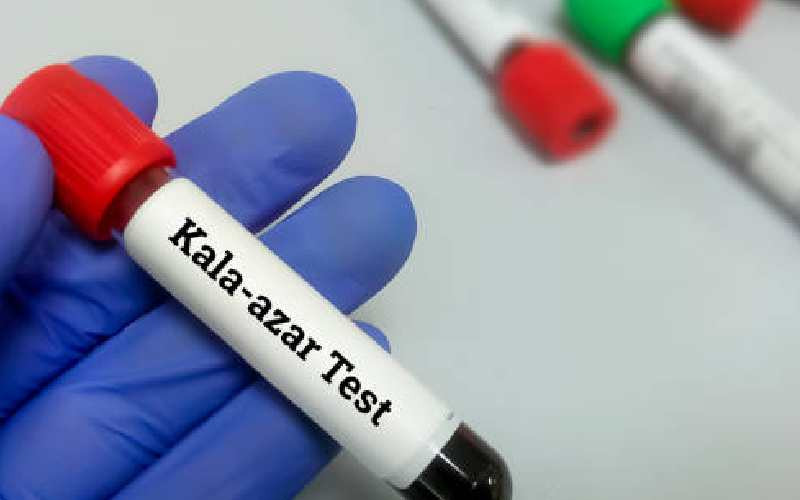×
The Standard e-Paper
Home To Bold Columnists

The Drugs for Neglected Diseases Initiative (DNDi) has said Kenyans suffering from Visceral Leishmaniasis (Kala-azar) will no longer go through the painful 17-day injection treatment after the successful clinical trial of a better, shorter new combination of treatment.
Trials that were conducted in Eastern Africa showed that combining Miltefosine (oral drug) and Paromomycin (injection drug) reduced daily injections and hospitalisation from 17 to 14 days.